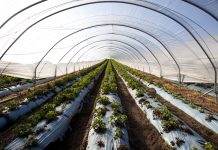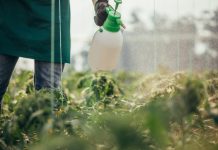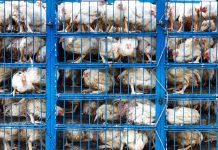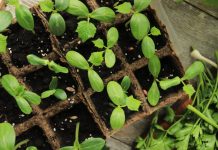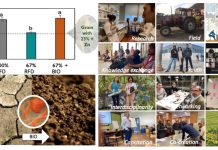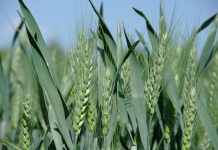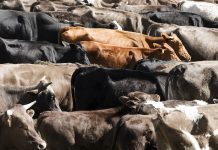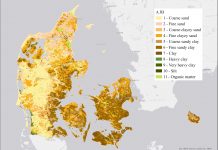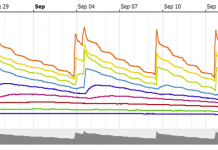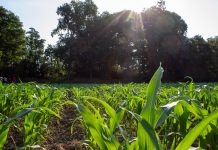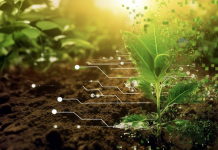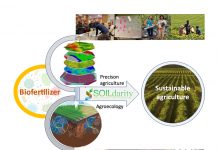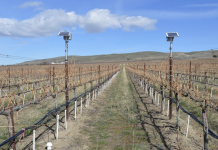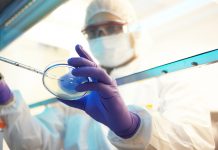Home Agribusiness
Agribusiness
Environmental health implications of plastic use in agriculture
Donald A. Bruun and Pamela J. Lein from the University of California, Davis in the U.S., highlight the environmental health implications of plastic use in agriculture.
Purple bacteria and their less known applications
Jungwoo Lee, High-School Student, and Arpita Bose, Associate Professor at Washington University in St. Louis, guide us through purple bacteria and their less-known applications, including wastewater treatment and biofertilization.
Welfare economics: Reducing animal suffering at negligible costs
Yew-Kwang Ng, Emeritus Professor from the Department of Economics, at Monash University in Australia, argues the case for reducing animal suffering at negligible costs to human beings.
Appreciating biodiversity science: Why biodiversity should be a big science
Professor F. Guillaume Blanchet from Université de Sherbrooke posits the importance of treating biodiversity science as a big science to reach the goals set during the COP15 on biodiversity.
Agriculture: Harnessing AI for healthier soils
David Green, Executive Director, and Maite Caballero, Senior Researcher from The U.S. Sustainability Alliance, argue that AI technologies pave the way for healthier soils in agriculture.
Biostimulants towards sustainable food production
Cristina Cruz and Teresa Dias from Faculdade de Ciências da Universidade de Lisboa, focus on biostimulants, which are more than a product, but a significant change towards sustainable food production systems.
Global challenges and unilateral trade measures
Dr Wibke Meyer from CropLife International, argues that unilateral agricultural trade measures are a misguided approach to addressing the global challenges of climate change, biodiversity, and food security.
Harnessing nature for more sustainable food systems
Markus Wyss and Ian Carr emphasize the importance of nature-positive innovations to address the pressing environmental challenges.
Bio-manufacturing: The future of food production
The future of food production is bio-manufacturing. Here, we discover Multus is helping it scale.
Removing carbon dioxide from the atmosphere
The agricultural sector plays a decisive role in tackling climate change. GERICS explores what actors of the agricultural sector think of removing carbon dioxide and what support they need from science.
Revolutionizing agriculture: Unleashing the potential of AI and big data in soil health monitoring
In a recent interview, our editors delved into the world of soil health monitoring and the transformative role played by artificial intelligence (AI), big data, and machine learning, with Mogens H. Greve, Professor and Head of the Soil Section at the Institute of Agroecology, Aarhus University.
Improving vineyard irrigation efficiency with soil water sensors
Using soil water sensors to automatically schedule irrigation in winegrape vineyards offers the potential for growers to enhance water use productivity under warmer climate conditions.
Cuba’s first motus tower for tracking migrant land birds
Keith Hobson, Professor and Research Scientist at Environment and Climate Change Canada and Western University, discusses updates in the expansion of tracking migratory birds in Central and South America, and the Caribbean.
Lithos crop protect: Food safety needs natural plant protection
Here, we learn that Lithos Crop Protect works on greener agriculture thanks to EU innovation funding.
Harnessing crop breeding innovations for a sustainable agricultural future
Dr. Sebastian Schultheiss, Co-Founder and Managing Director at Computomics, walks us through harnessing crop breeding innovations for a sustainable agricultural future.
Integrating biofertilizers and precision agriculture
This article presents a comprehensive analysis of the integration of biofertilisers and precision agriculture, with the aim of creating a virtuous circle of agricultural growth and sustainability, by Cristina Cruz and Teresa Dias of the Faculdade de Ciências da Universidade de Lisboa.
Sustainably developing great-tasting pet foods
Samantha Combe and Melissa Vanchina from Hill’s Pet Nutrition discuss the environmental impact of pet food, with a specific focus on sustainable alternatives to food palatants.
Enhancing irrigation effectiveness in vineyards with innovative technologies
Professor Pete W. Jacoby, from Washington State University, walks us through enhancing irrigation effectiveness in vineyards with innovative technologies like automated irrigation.
Antimicrobial food packaging: Challenges and achievements
Dr Kay Cooksey, Professor and Cryovac Chair at Clemson University, shares the potential of antimicrobial food packaging in mitigating microbial growth and the obstacles that have hindered the development of commercially available products thus far.
Combatting NCDs using Plant-based Proteins and Animal-Waste Products
Professor Apichart Vanavichit, PhD, a Rice Genomic Breeding Expert at the Rice Science Center, walks us through high-quality crop-based and ovo-based protein hydrolysates to combat non-communicable diseases in Thailand, specifically among its ageing population.



